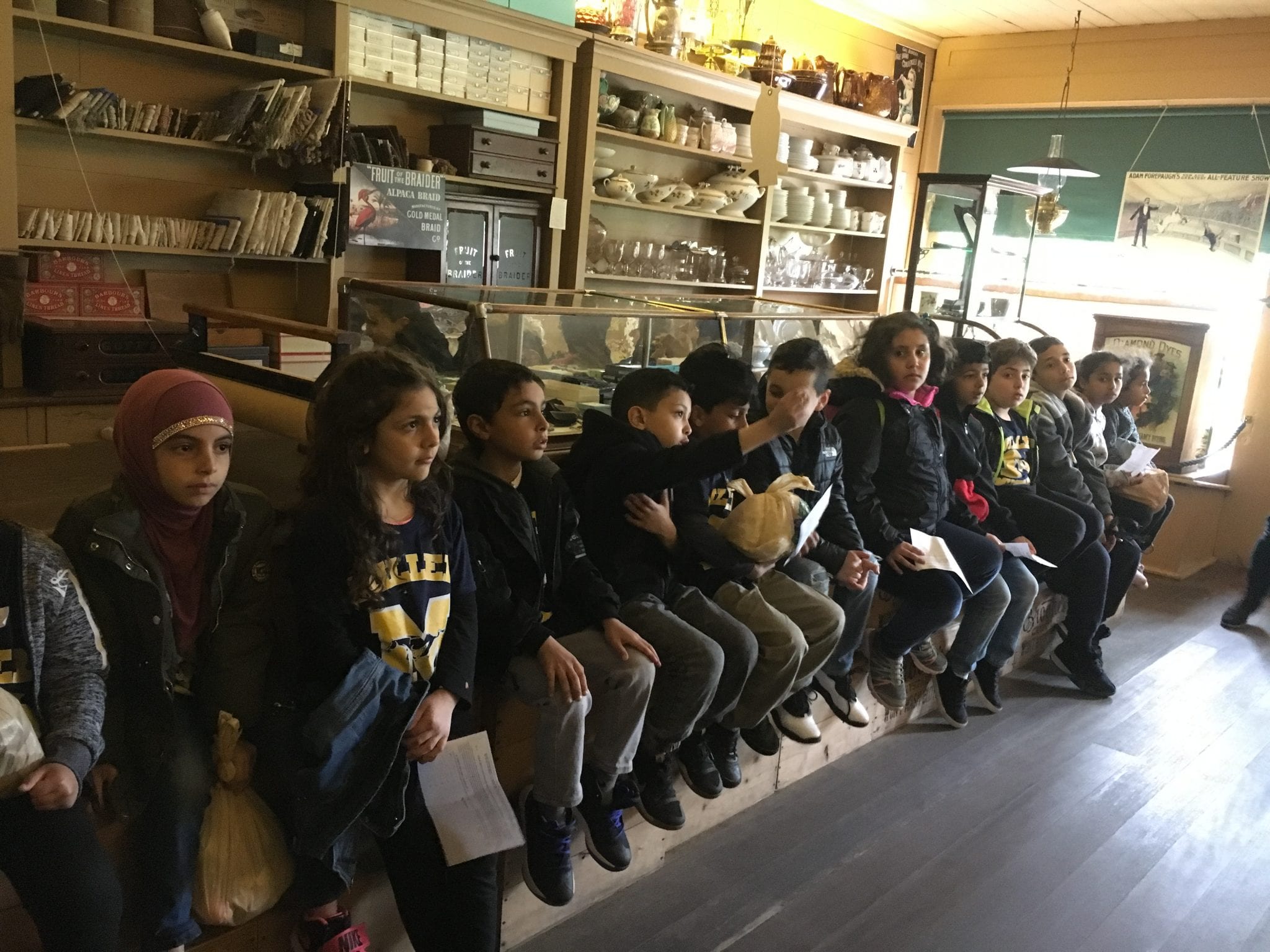This week our second grade students will be learning:
Reading: Students will learn to describe the connection between a series of historical events, scientific ideas or concepts, or steps in technical procedures in a text. They will identify the main purpose of a text, including what the author wants to answer, explain, or describe.
Math: Students will learn to draw a picture graph and a bar graph (with single-unit scale) to represent a data set with up to four categories. Solve simple put-together, take-apart, and compare problems 1 using information presented in a bar graph They will fluently add and subtract within 100 using strategies based on place value, properties of operations, and/or the relationship between addition and subtraction. Students will solve word problems involving dollar bills, quarters, dimes, nickels, and pennies, using $ and ¢ symbols appropriately. Example: If you have 2 dimes and 3 pennies, how many cents do you have? They will fluently add and subtract within 100 using strategies based on place value, properties of operations, and/or the relationship between addition and subtraction. Students will measure the length of an object by selecting and using appropriate tools such as rulers, yardsticks, meter sticks, and measuring tapes. They will also measure the length of an object twice, using length units of different lengths for the two measurements; describe how the two measurements relate to the size of the unit chosen. Students will estimate lengths using units of inches, feet, centimeters, and meters.They will measure to determine how much longer one object is than another, expressing the length difference in terms of a standard length unit. Students will use addition and subtraction within 100 to solve word problems involving lengths that are given in the same units, e.g., by using drawings (such as drawings of rulers) and equations with a symbol for the unknown number to represent the problem. They will represent whole numbers as lengths from 0 on a number line diagram with equally spaced points corresponding to the numbers 0, 1, 2, …, and represent whole-number sums and differences within 100 on a number line diagram
Writing: Students will learn how to write an informative/explanatory text by introducing a topic by showing prior knowledge of a topic and working on gathering information and notes on that topic.
Science: Students will learn about growth and development of organisms. Students will also learn about Interdependent relationships in ecosystems.
Social Studies: They will demonstrate chronological thinking by distinguishing among past, present and future using family or school events. Our students will compare life today with life in the past using the criteria of family, school jobs, or communication. Students will also be learning to distinguish between personal and civic responsibilities and explain why they are important in community life.






